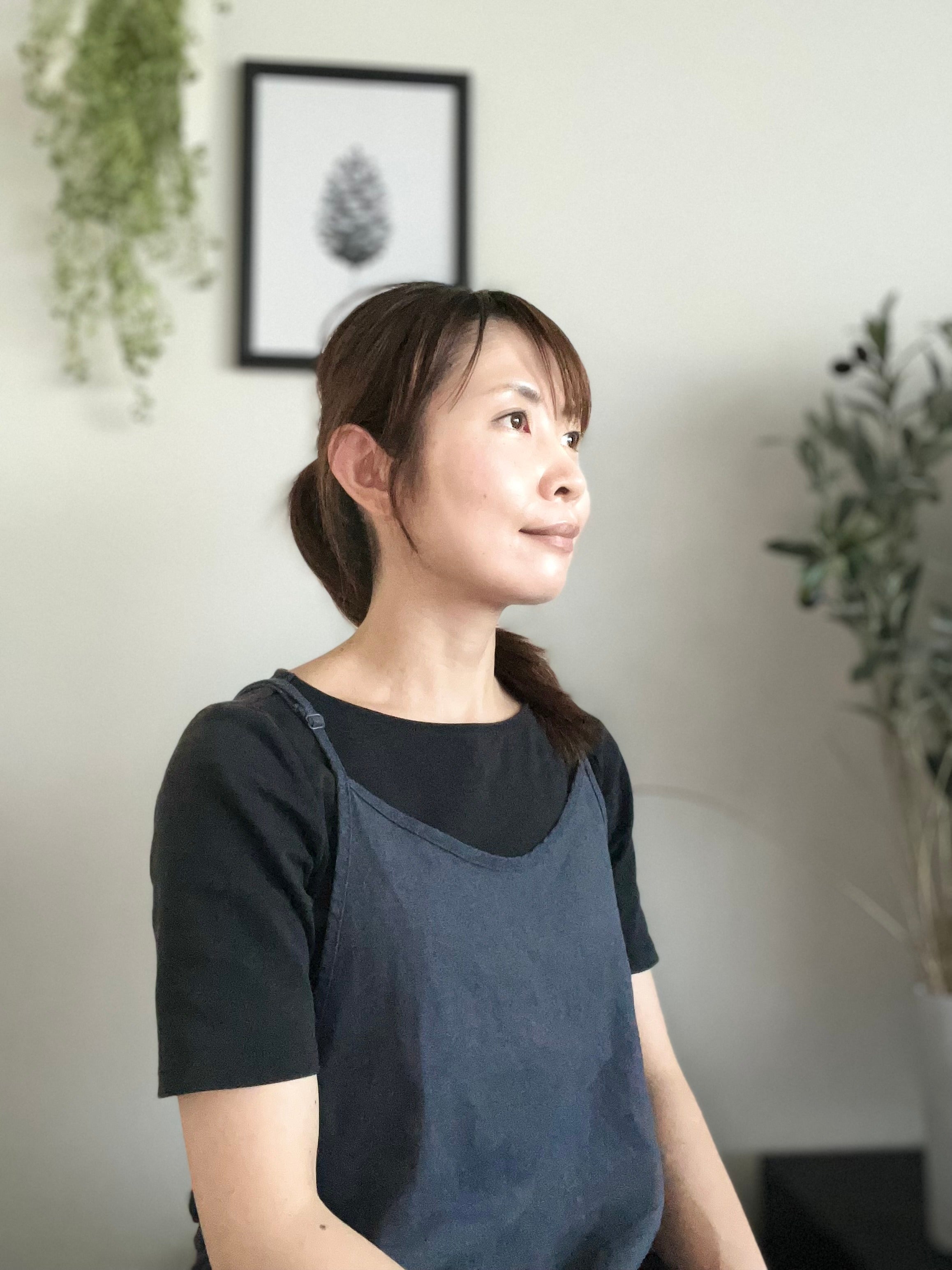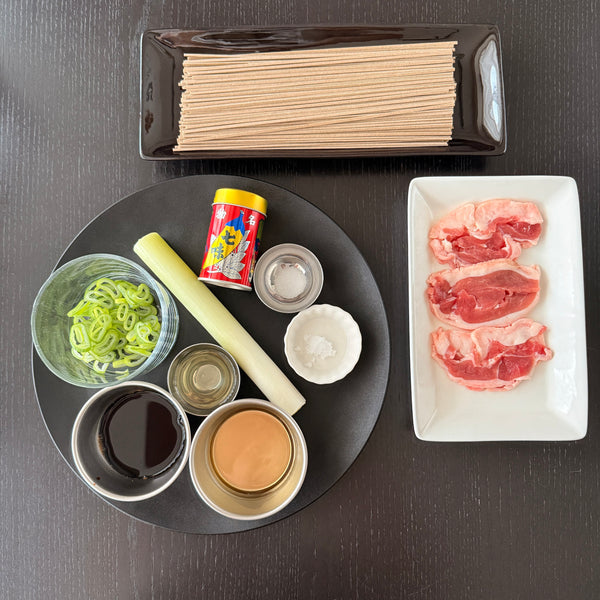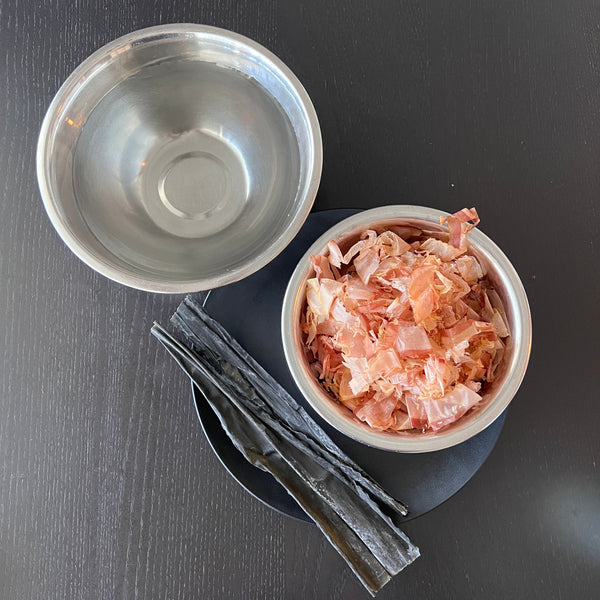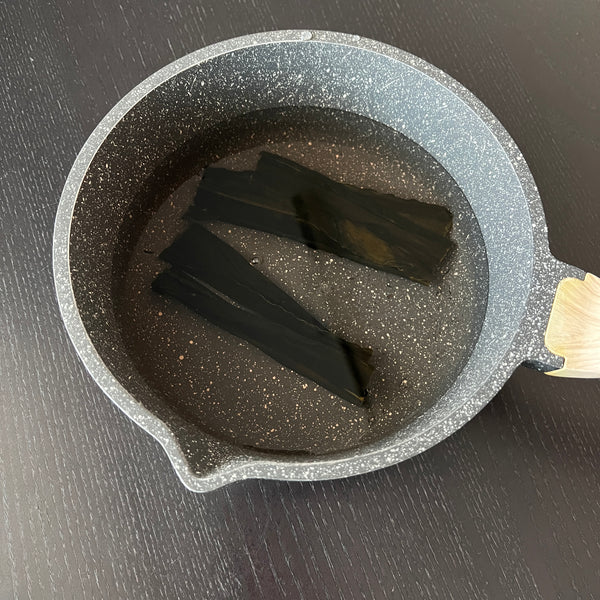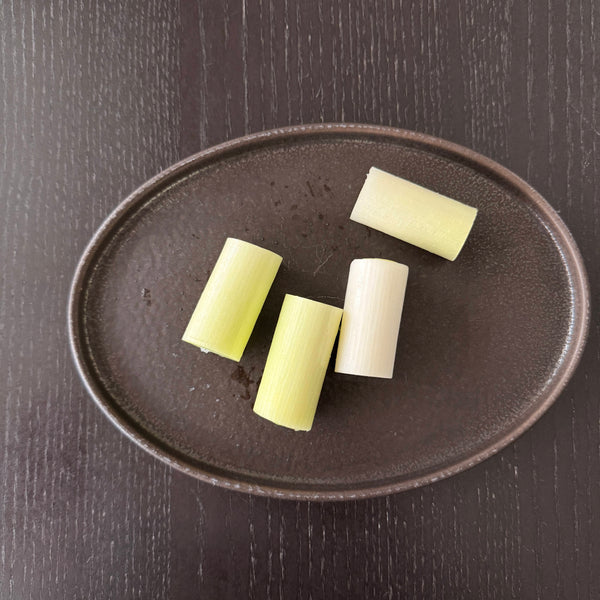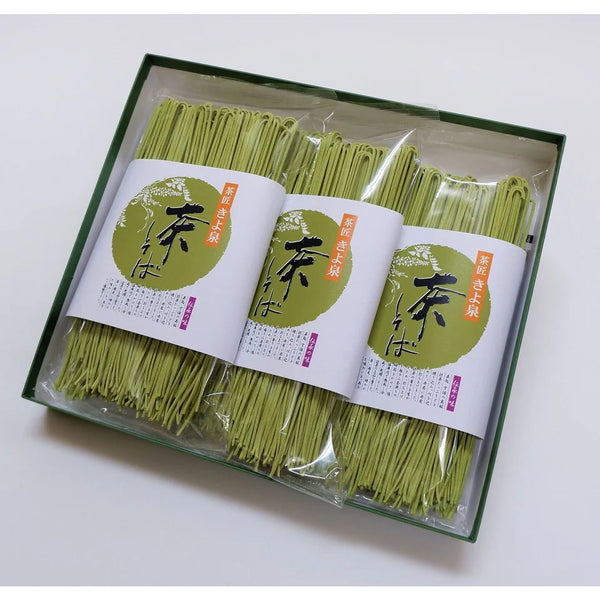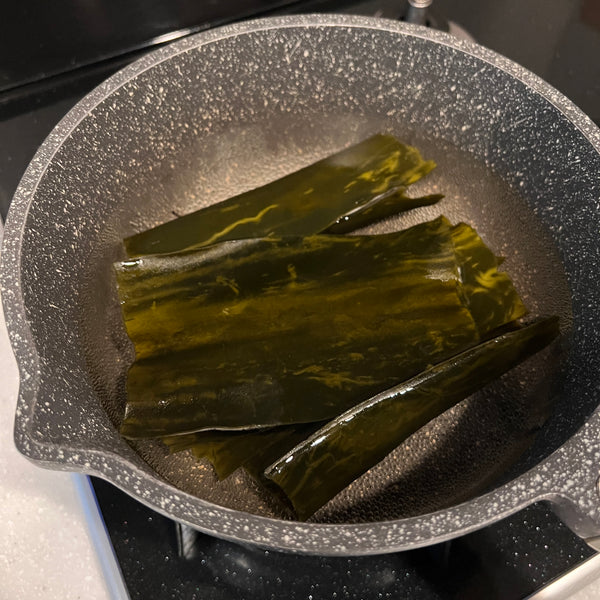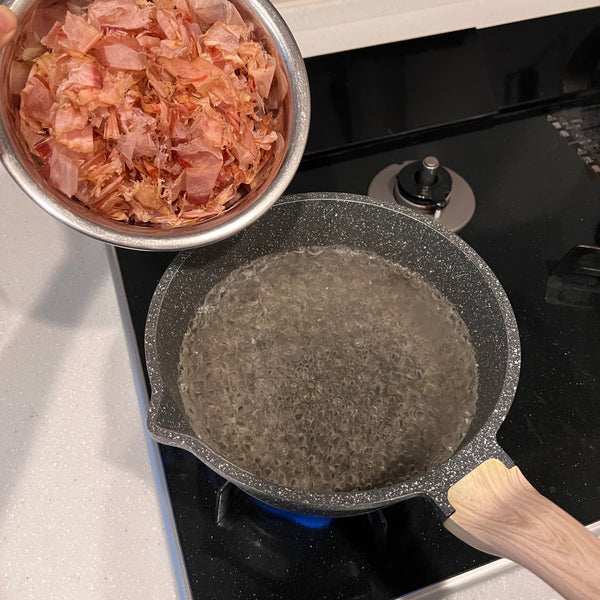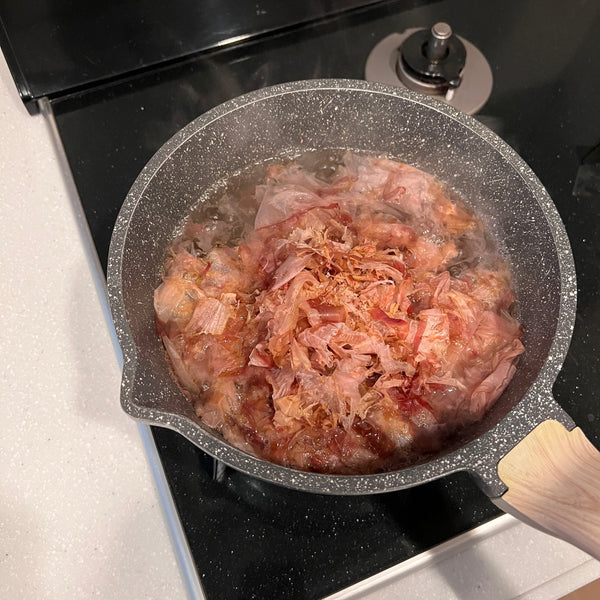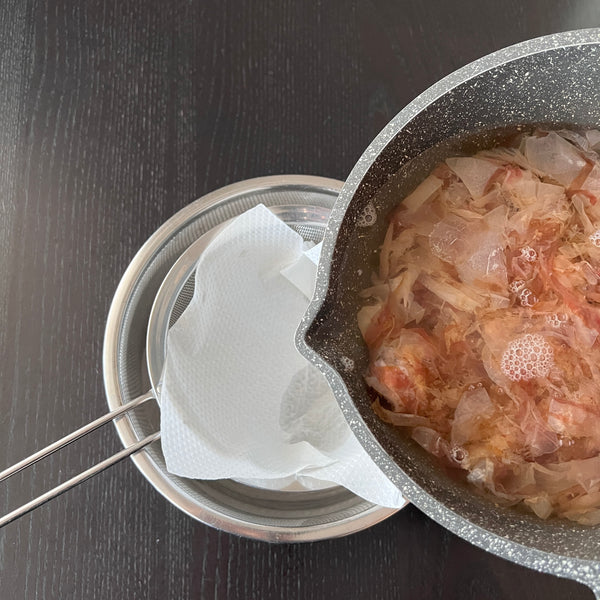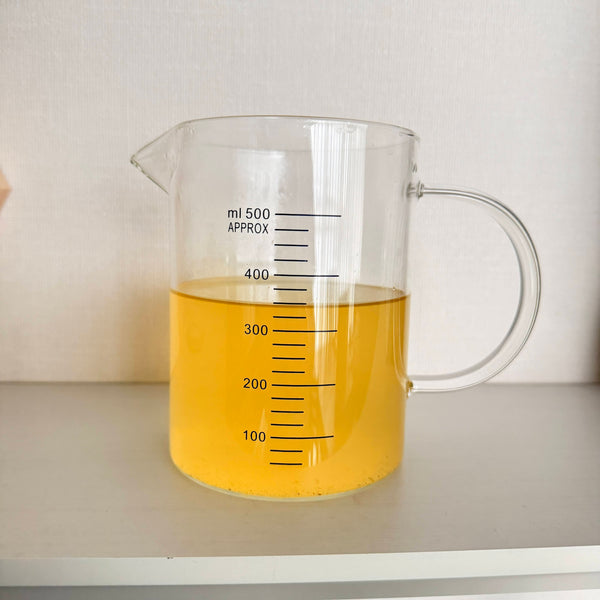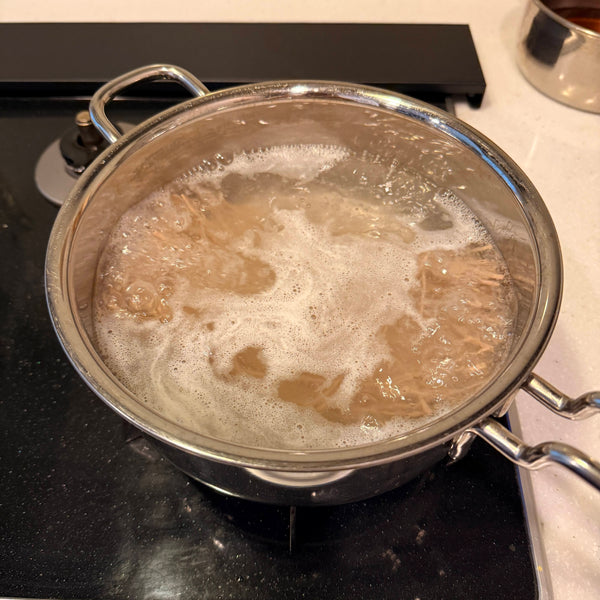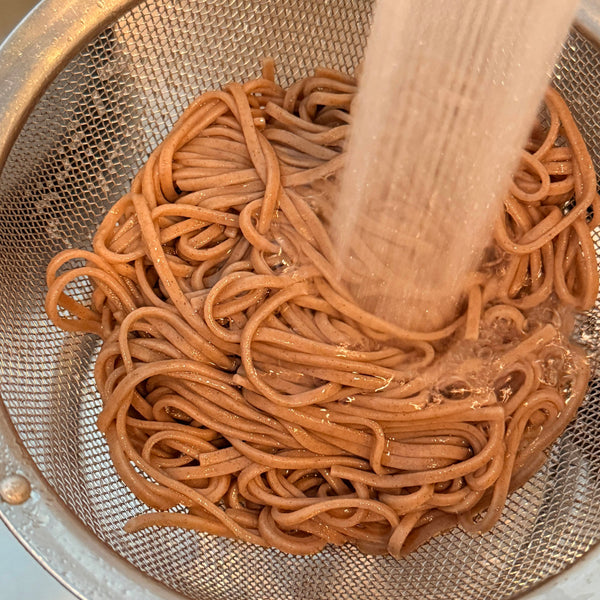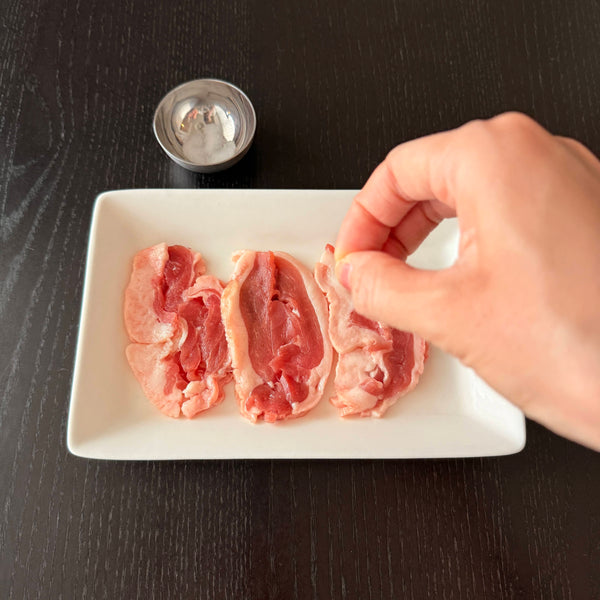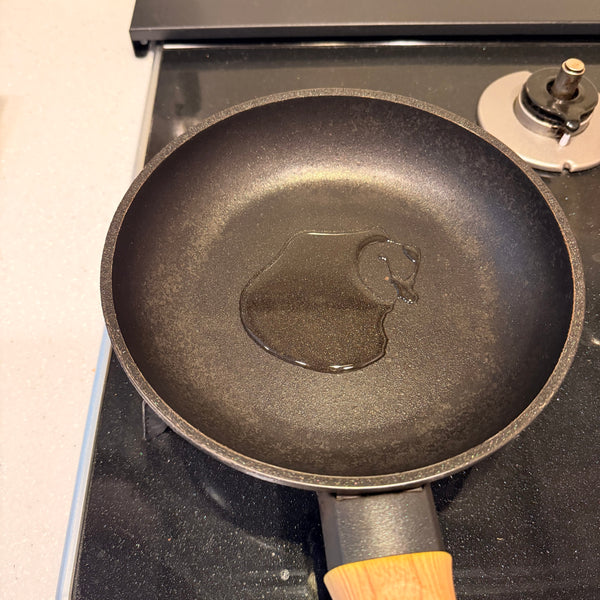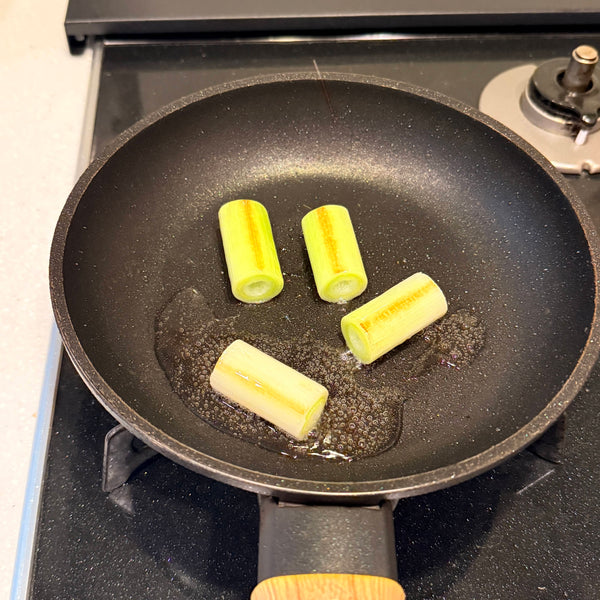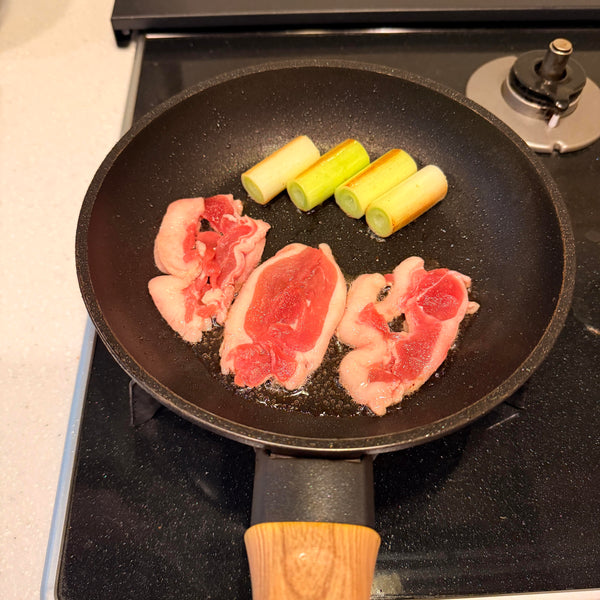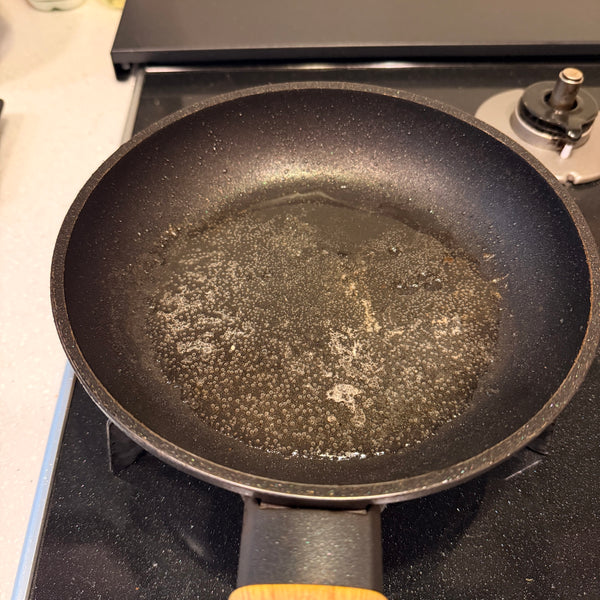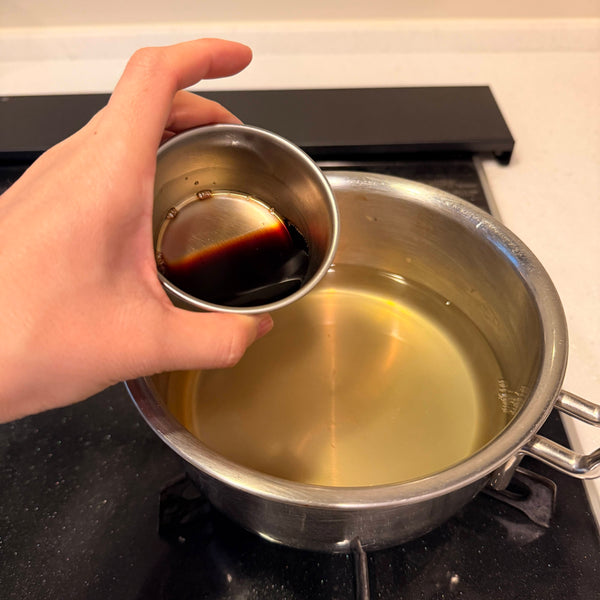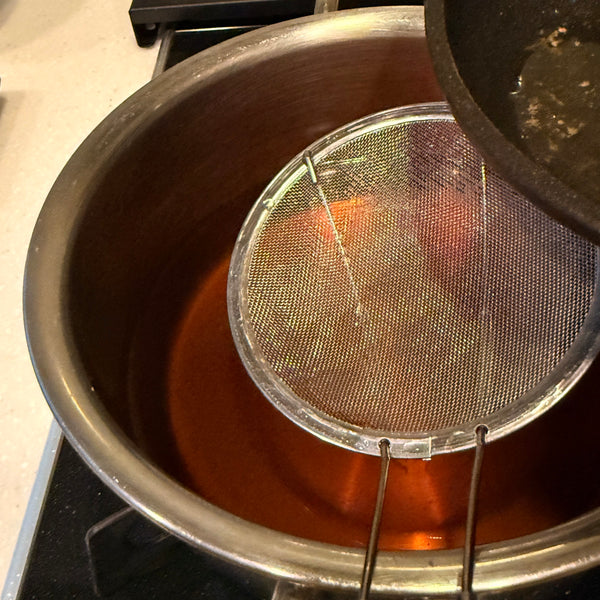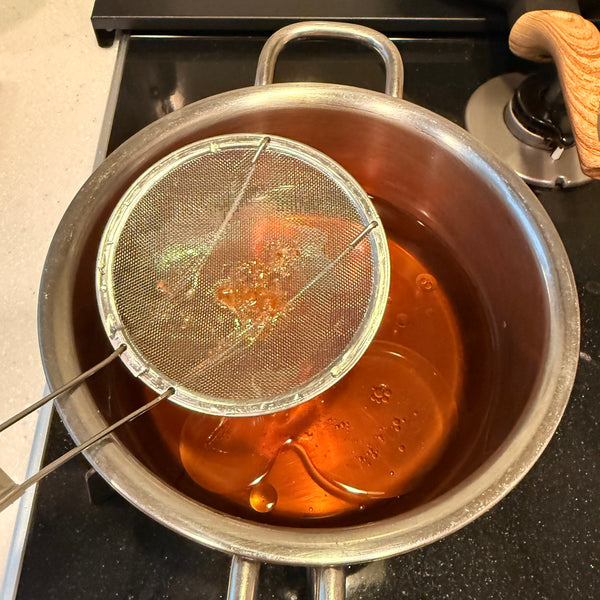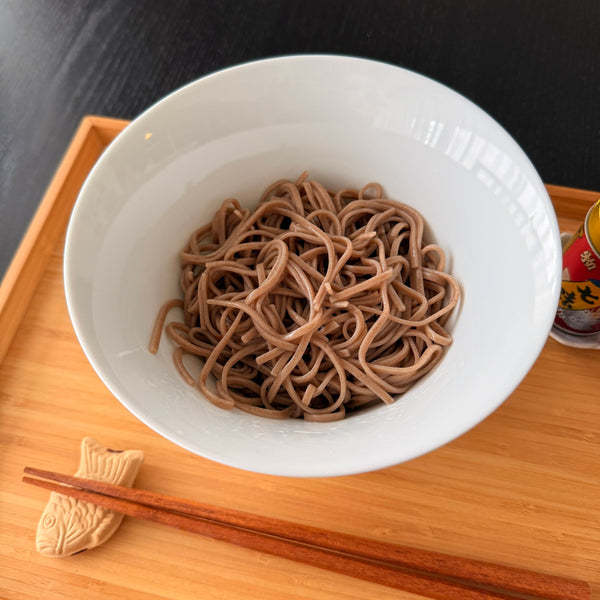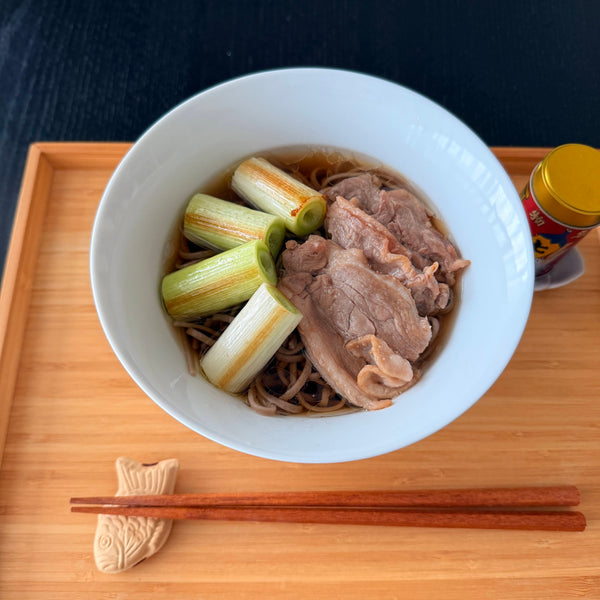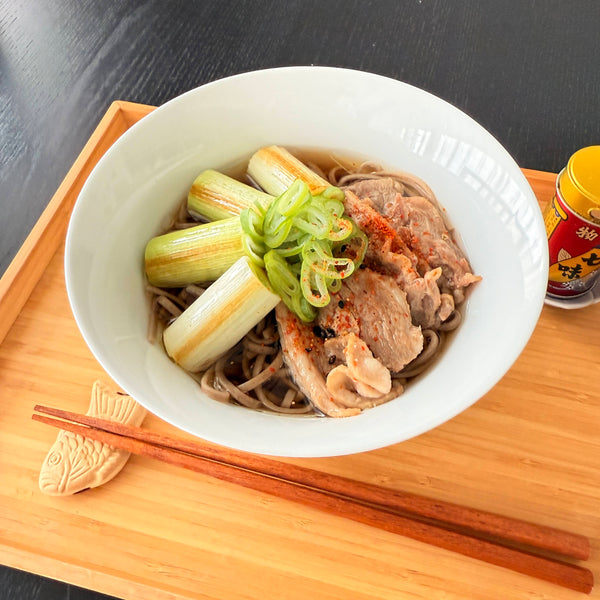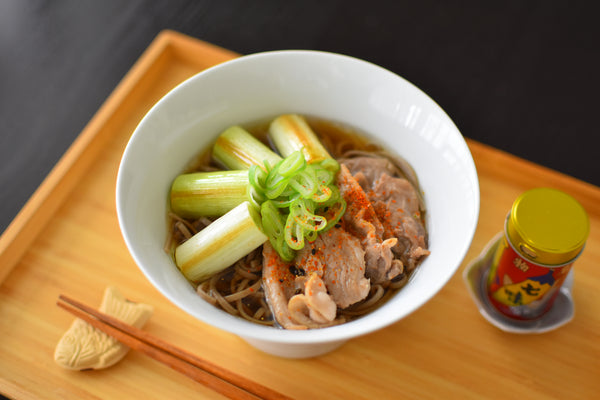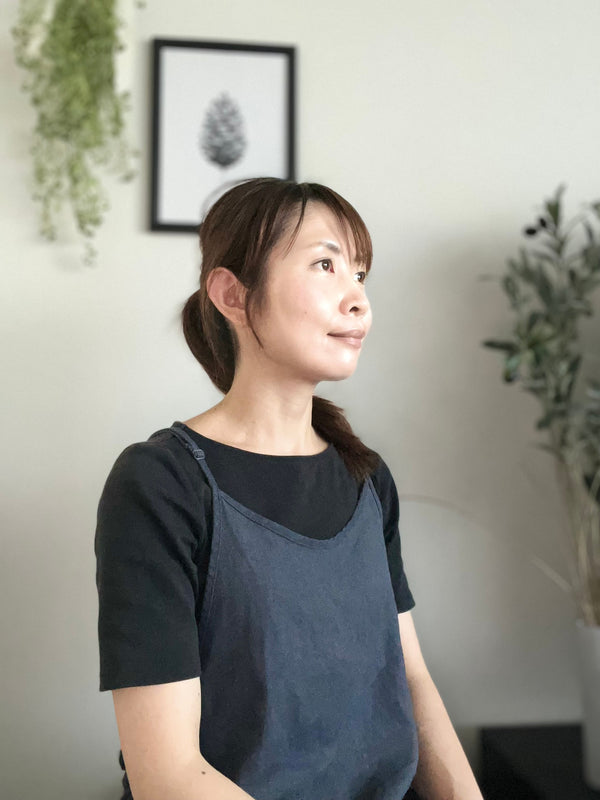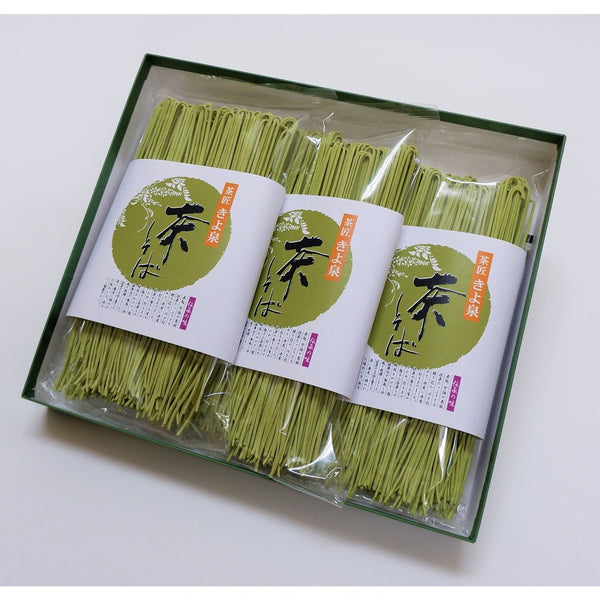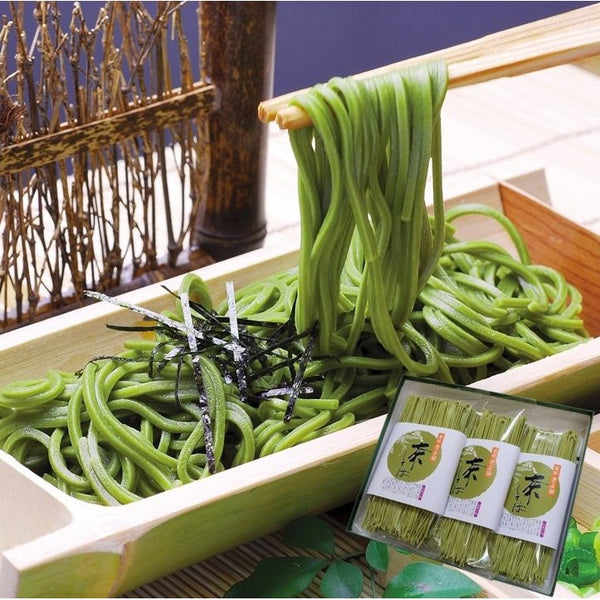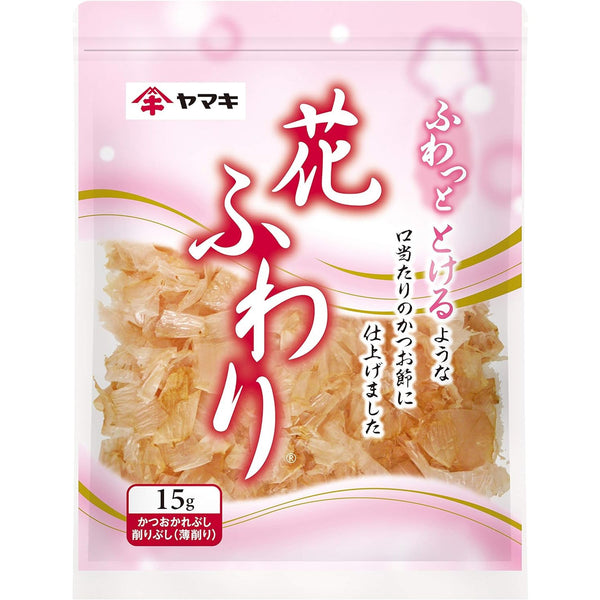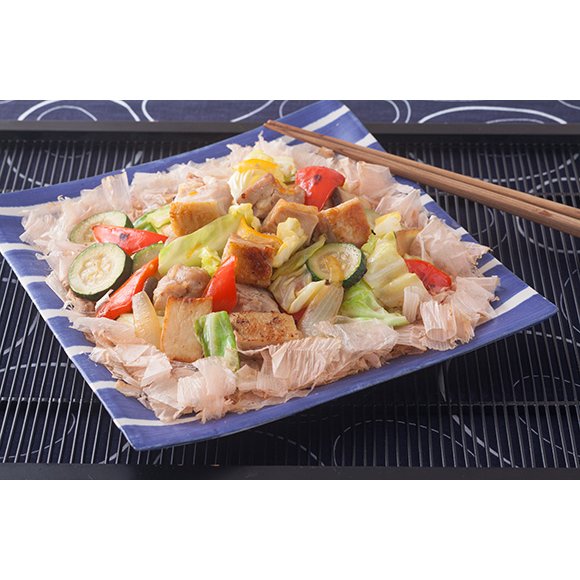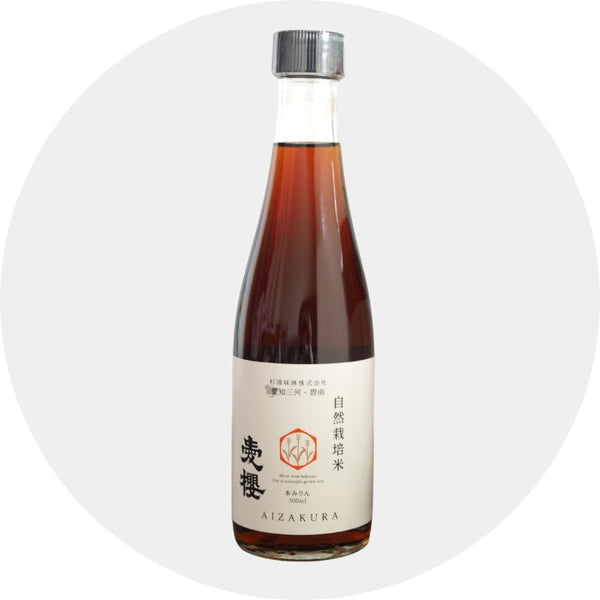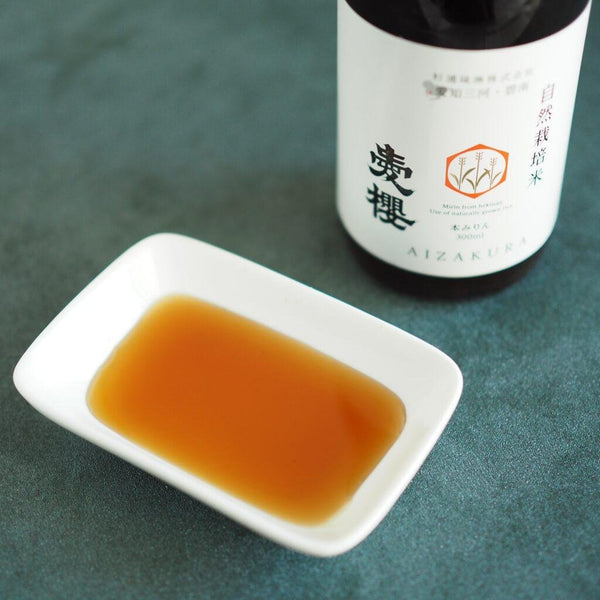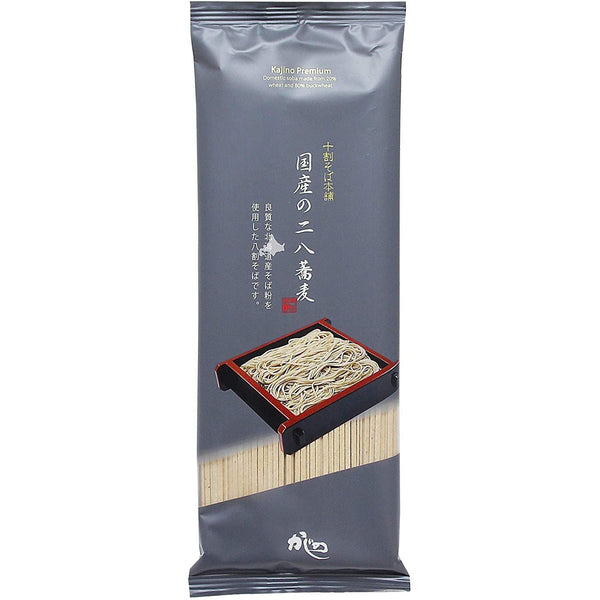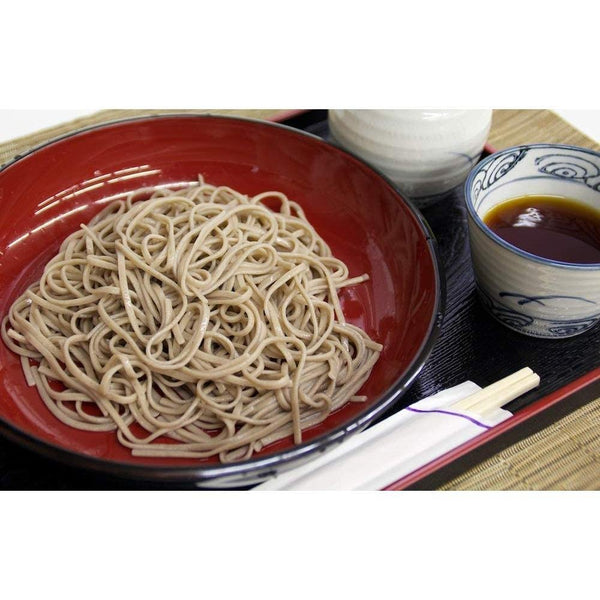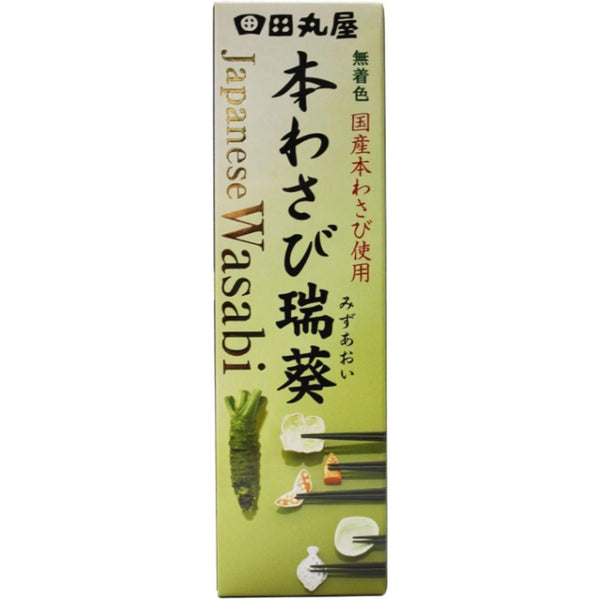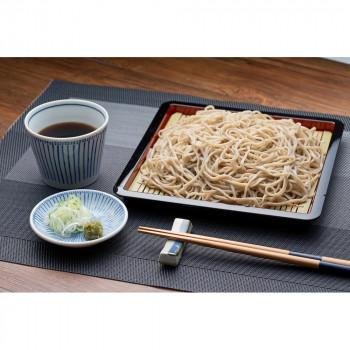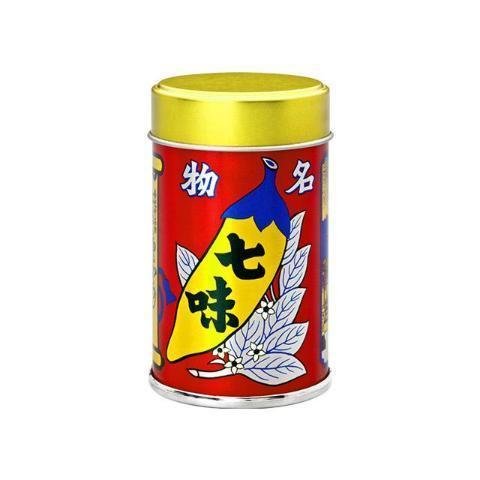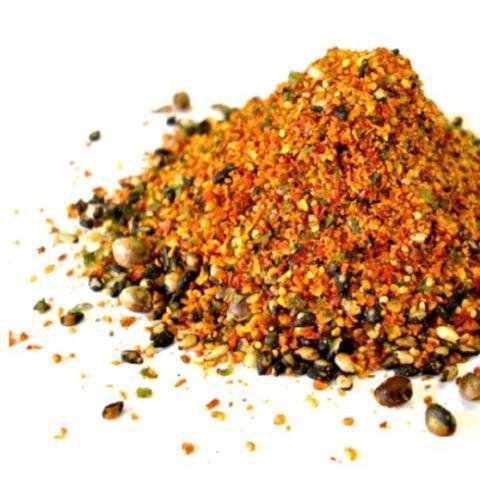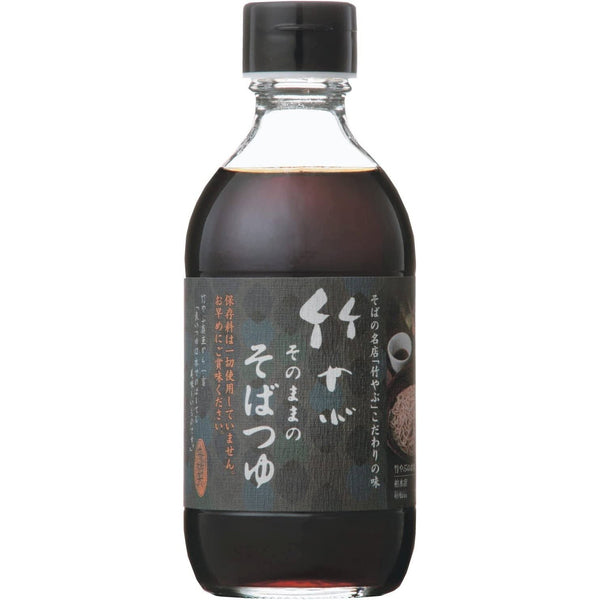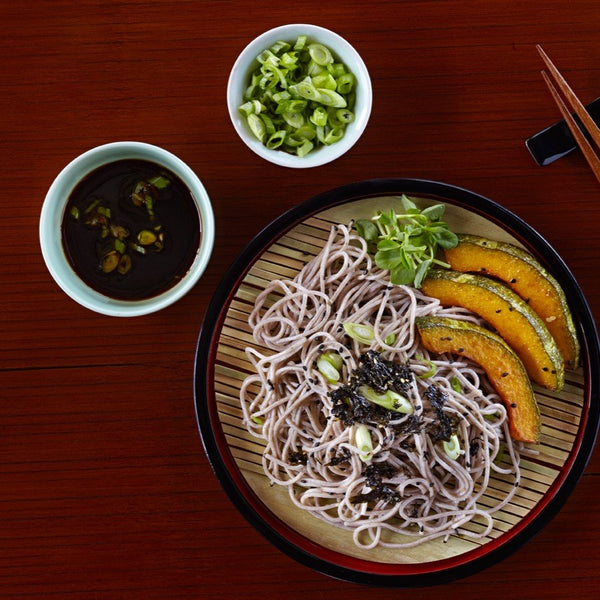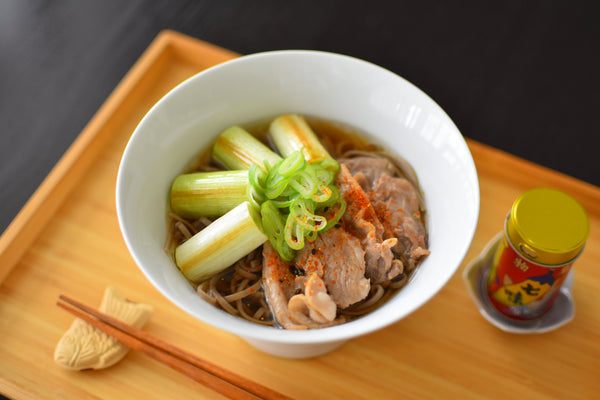
Kamo nanban soba is a beloved Japanese noodle dish served hot with slices of duck and Japanese leek (naganegi) in a rich dashi-based broth. Known for its deep umami flavor, it’s a favorite at soba specialty restaurants and especially comforting during colder months.
Traditionally, the duck used is a crossbreed between wild and domestic ducks, prized for its flavorful fat and tender meat. Mallards (wild ducks) were historically used in winter, as were Japanese leeks—making this dish strongly tied to the season. Today, duck remains uncommon in everyday supermarkets, with limited availability and cuts. For a more accessible home-cooked alternative, “kashiwa nanban” uses chicken instead and is just as delicious.
Interestingly, “nanban” in this context refers to Japanese leek, but the word appears in other dishes like chicken nanban or nanban-zuke, where it implies foreign influence or a vinegar-based preparation. It’s a fun quirk of Japanese culinary language worth exploring.
Though kamo nanban soba is simple in appearance, achieving the perfect bowl requires attention to detail in every step, from choosing ingredients to cooking techniques. Here are a few key tips:
- Choosing the right duck: Use fresh duck meat with a vivid color and creamy white fat. The fat is essential to creating the dish’s signature umami-rich broth. Look for cuts with some visible fat for the best flavor.
- Making the dashi-based broth: Skip store-bought broth if possible. Make your own dashi using dried kombu and bonito flakes. Simmering these together with duck enhances the broth with both smoky and meaty umami. This extra step elevates the entire dish.
- Boiling and finishing soba noodles: Soba quality matters. Choose noodles made with a high buckwheat ratio and firmer texture, which hold up well in hot broth. After boiling, rinse them in cold water to preserve their bite—this step is crucial before reheating them in the soup.
- Toppings for flavor and aroma: Kamo nanban soba is delicious on its own, but toppings can elevate it further. Add chopped green onions, yuzu peel for a citrusy touch, or a pinch of shichimi togarashi for gentle heat.
With just a bit of care, kamo nanban soba is easy to recreate at home. Follow the recipe steps, pay attention to ingredient quality, and enjoy this warming, savory noodle dish that captures the best of winter flavors.
